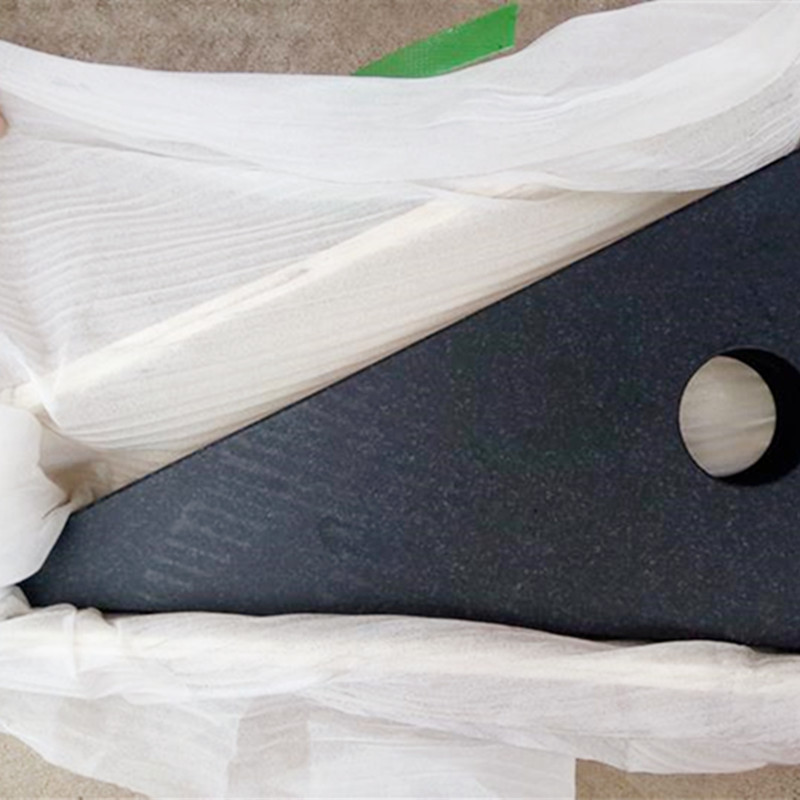paź . 30, 2024 19:03 Back to list
6an check valve
Understanding the 6AN Check Valve Functionality and Importance
In the realm of fluid transmission systems, check valves are essential components that ensure the efficient and safe flow of liquids and gases. One specific type that has garnered attention in modern automotive and industrial applications is the 6AN check valve. This valve is designed to fit into a system that utilizes a 6AN (AN stands for Army Navy, a specification for fittings and hoses) connection, commonly found in high-performance vehicles and specialized equipment.
What is a 6AN Check Valve?
A 6AN check valve serves as a one-way valve, allowing fluid to flow in only one direction while preventing backflow. It is designed to connect with 6AN fittings, which typically measure 3/8 inches in diameter. These valves are crucial for maintaining pressure and ensuring that fluid is directed appropriately in applications such as fuel systems, coolant lines, and hydraulic systems.
How Does It Work?
The operational mechanism of a 6AN check valve is relatively simple. Inside the valve, there is a spring-loaded disc, or flap, that sits against a seat. When fluid flows in the correct direction, the pressure forces the flap open, allowing the fluid to pass through. If there is back pressure or any attempt for the fluid to flow in the opposite direction, the flap closes tightly against the seat, thus preventing any backflow. This functionality is vital in protecting sensitive components in automotive and industrial systems from damage caused by reversed flow.
6an check valve

The Importance of 6AN Check Valves in Automotive Applications
For automotive enthusiasts and engineers, the stability and reliability of fluid systems are paramount. High-performance vehicles often face extreme conditions that can lead to fluctuations in pressure. A 6AN check valve helps in managing these fluctuations by maintaining consistent flow and pressure levels within the system. This is particularly important in applications such as turbocharged engines, where the precision of fuel and air mixture can significantly affect performance and efficiency.
Moreover, check valves contribute to the longevity of engine components. By preventing backflow, they mitigate the risk of contamination or damage to pumps and injectors, which can lead to costly repairs and maintenance. In racing or performance settings, every component plays a crucial role, and the reliability of each is critical to overall success.
Conclusion
In summary, the 6AN check valve is an indispensable component within hydraulic and fluid systems, particularly in the automotive industry. By facilitating one-way flow and preventing back pressure, these valves help maintain optimal system performance, ensuring both efficiency and safety. For anyone involved in high-performance engineering or automotive modifications, understanding the role and benefits of the 6AN check valve can lead to better design choices and improved system reliability. As technology continues to evolve, the importance of such components will only grow, cementing their place in the future of fluid management systems.
-
Why Metric Trapezoidal Thread is Ideal for Precision Motion ControlNewsAug.05,2025
-
The Unique Properties of a Block of Granite for Industrial UseNewsAug.05,2025
-
The Role of Flanged Y Strainers in Preventing Pipeline ClogsNewsAug.05,2025
-
The Importance of Regular Calibration for Master Ring GagesNewsAug.05,2025
-
How a Cast Iron Surface Table Enhances Accuracy in ManufacturingNewsAug.05,2025
-
Comparing Different Check Valve Types for Optimal Flow ControlNewsAug.05,2025
Related PRODUCTS









